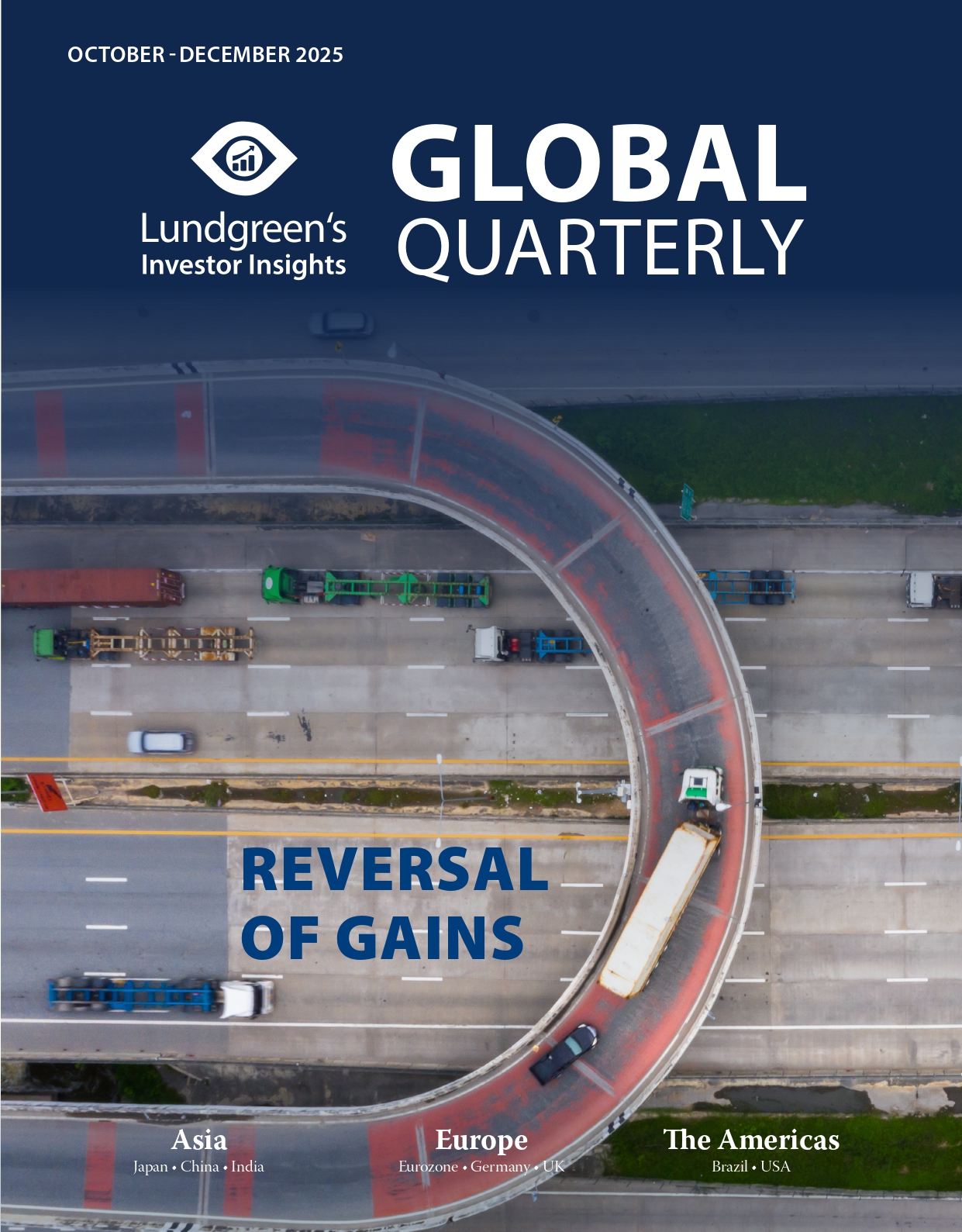Next Week in China: 15-19 September 2025
Major Data Releases:
- 15 September: China to hold press conference regarding national economic performance
- 15 September: China to report August industrial production
- 15 September: China to report August energy production
- 15 September: China to report August investments in fixed assets (excluding rural households)
- 15 September: China to report August real estate investments
- 15 September: China to report August total retail sales (TRS) of consumer goods
- 15 September: China to report August housing price index
- 15 September: China to report September scale of operations and interest rate under the medium-term lending facility (MLF)
Continuing this week’s momentum, next week will also be full of major economic data releases for Mainland China.
We expect the year-on-year growth rate of retail sales in August to be around 3.8 per cent, broadly in line with July’s 3.7 per cent. Among categories, catering is projected to grow by 3 per cent, online shopping sales by 8.2 per cent, while sales of automobiles and petroleum-related products are expected to decline by 3.5 per cent and 8 per cent, respectively. Sales of other product groups are estimated to have risen by 4.6 per cent.
Several factors merit attention: first, the trade-in policy was relaunched in August but restrictions on fund usage in some regions have limited the impact of national subsidies on retail sales. For instance, according to the Guizhou Provincial Department of Commerce, the subsidy for purchasing new energy passenger vehicles was reduced from 16 per cent to 10 per cent of the total invoice amount (including tax). This is also with a maximum subsidy set at RMB 15,000 (USD 2,100), suggesting that the consumption boost from trade-in programs may be softer than before. Second, for home appliances, Industry Online reports that combined production of air conditioners, refrigerators, and washing machines in August reached 26.97 million units, down 4.9 per cent year-on-year and follows a 2.6 per cent decline in July and a 7.3 per cent increase in June. Lastly, catering sales is expected to recover as residents’ travel activity improved in August. Data from the Purchasing Managers’ Index show that both the business activity and new order indices for railway and airline transportation rose, indicating stronger demand for dining services.
For fixed asset investments (excluding rural households), we anticipate year-on-year growth of 1.2 per cent, down 0.4 percentage points from the previous month. For infrastructure, government fiscal spending growth rebounded in July and the decline in infrastructure-related expenditures narrowed across the board. The National Development and Reform Commission (NDRC) disclosed that the entire third batch of RMB 300 billion (USD 42 billion) has already been allocated for two major projects in 2025. Along with the advancement of other key projects, the allocation is expected to support faster growth in infrastructure investments. High-frequency indicators of physical work volume also point to a slight month-on-month improvement in August, with asphalt and cement shipment rates both rising modestly. As a result, infrastructure investment is likely to pick up in August.
In contrast, real estate investment remains weak: sales of commercial homes in 30 major cities showed no significant improvement in August and land transaction volumes in 100 cities saw an even larger year-on-year decline. Steel demand for construction stayed at low levels, indicating that property investment still needs further stimulus to grow faster. Meanwhile, growth in investments in equipment and tools dropped sharply in July. Although the allotment of funds for equipment upgrades has been completed, the funding source for such investments may gradually weaken. However, with the accelerated rollout of RMB 500 billion (USD 70 billion) from a new policy package in August, emerging industries are expected to receive fresh funding support.
China stocks rebounded week-on-week to reverse previous losses. As of Thursday, 11 September, the MSCI China Index had risen by 2.78 per cent from the previous Friday’s close. Meanwhile, the Shanghai Composite Index gained 1.65 per cent, the Shenzhen Component Index climbed by 3.09 per cent, and the ChiNext Index by 3.23 per cent. During this period, mid-cap stocks outperformed both small- and large-cap stocks, while growth stocks outperformed value stocks from a style perspective.
In the short term, ample micro-level liquidity is expected to support a relatively strong A-shares market. Taking a medium- to long-term perspective, a sustained market uptrend will likely require a further alignment of macroeconomic policies and technology industry shifts. While some traditional sectors of the economy face oversupply issues, industries such as photovoltaics (solar panels) and steel have already seen the impact of “anti-involution” policies to suppress price wars. If supplies in certain sectors are cleared quickly, stock valuations could see further recovery. Going forward, attention should be paid to the pace of policies on credit easing and demand-side stimulus. If measures can simultaneously support the real economy from both supply and demand sides, traditional economy-related sectors may undergo a systemic re-rating.
This piece has been co-produced with Yiyi Capital Limited in Hong Kong, a China specialist and a part of a global financial services group.







